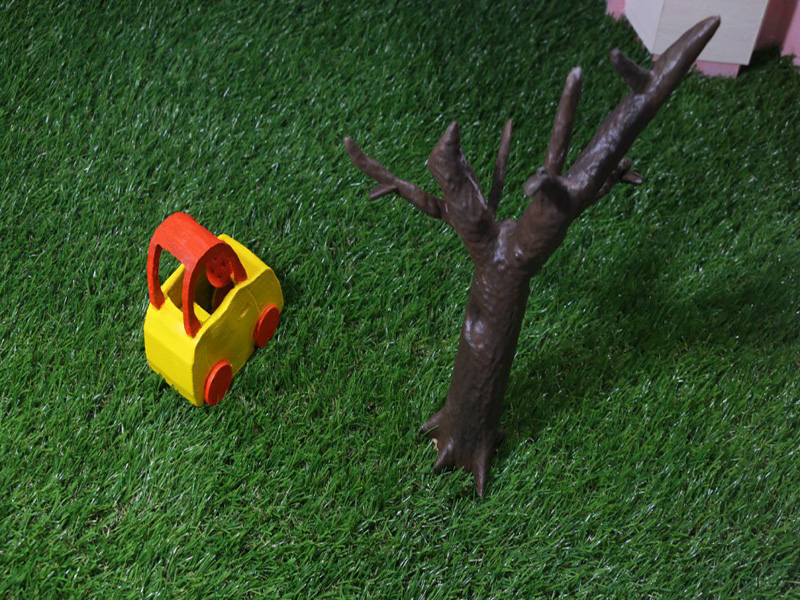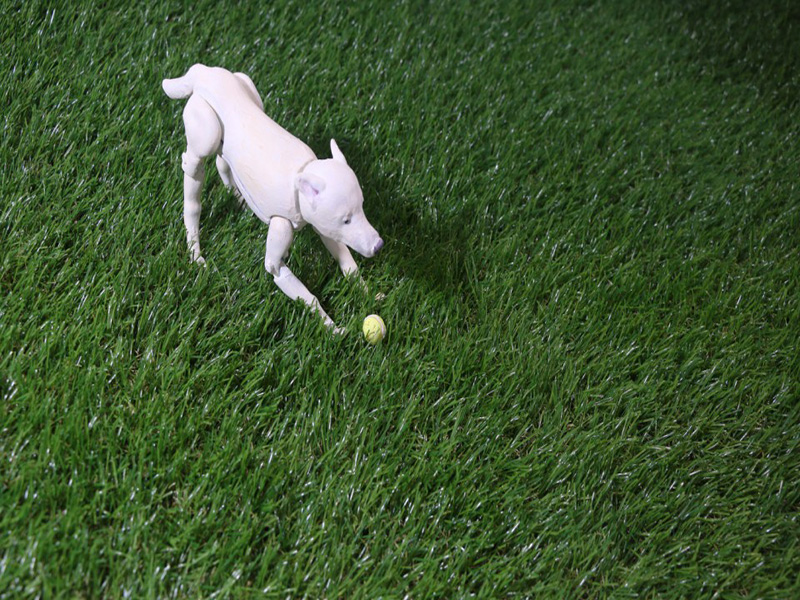Nadine Dajani
The Lost Dollhouse
Reliving my past as my present self.
When I was a child I saw my world as a dollhouse. I remember thinking that the world stopped when I fell asleep, and would only come back to life when I woke-up. In the book “The Cute and the Cool: Wondrous Innocence and Modern American Children’s Culture,” historian Gary Cross writes of the child’s ability to experience freshness, whereas adults experience boredom and an inability to return to the lost paradise of youth. [1] It is my belief that the lost paradise of my childhood should not be a state I cannot return to. Though many people would not refer to their childhoods as paradise-like experiences, I would; at least, in the way I saw the world. I did not think about loss, like I do today, and I had an ability to experience the world through my own fantasies. I fear the loss of my childhood and memories, my paradise. I want to fill those absences in me with presences, by recreating, and reliving my childhood.
To illustrate my return to the past, I have created toy-like objects such as a house, a garden, and garden props and figures as characters in my stop-motion animation. Their “toy-like” quality symbolizes my childhood and allows me to return to my lost paradise. I also created a mini-me doll and a miniature figure of my first pet dog. The mini-me depicts me as I am today, going back into the past. The characters are 3D printed and designed to look like and function as dolls and action figures. As the toy-like characters come to life, audio of personal home videos plays in the background, reinforcing these memories. The audio will consist of my mother’s voice, my owns voice, and those of my siblings as we communicate.
The passage of time is a key component in “The Lost Dollhouse.” The backyard transforms with various changes such the loss of a tree, the disappearances of childhood toys and the introduction of new ones, the changes in the weather, the death of my dog, Lady, and the addition of her gravestone. Change and loss are unavoidably tied together, which is why the depiction of change will illustrate loss.
Objects are our only physical connections to memories and losing them can be difficult. I remember the feeling of losing a toy and feeling like I had lost a piece of my childhood with it. My need to bring back the lost or the dead through the objects I create in my animation is my way of dealing with loss. My childhood will become alive through plastic and moving images. I am choosing to preserve my memories through the plastic toy-like objects I am recreating. “The Lost Dollhouse” takes the viewer into a strange trip into my childhood.
—————[1] Cross, Gary S.. 2004. Cute and the Cool : Wondrous Innocence and Modern American Children’s Culture. Cary, US: Oxford University Press (US). Accessed February 17, 2017.
[2] Hammond, Jeffrey. 2010. Sightline Books : Little Big World : Collecting Louis Marx and the American Fifties. Iowa City, US: University Of Iowa Press. Accessed February 17, 2017.-
-
Nadine Dajani




